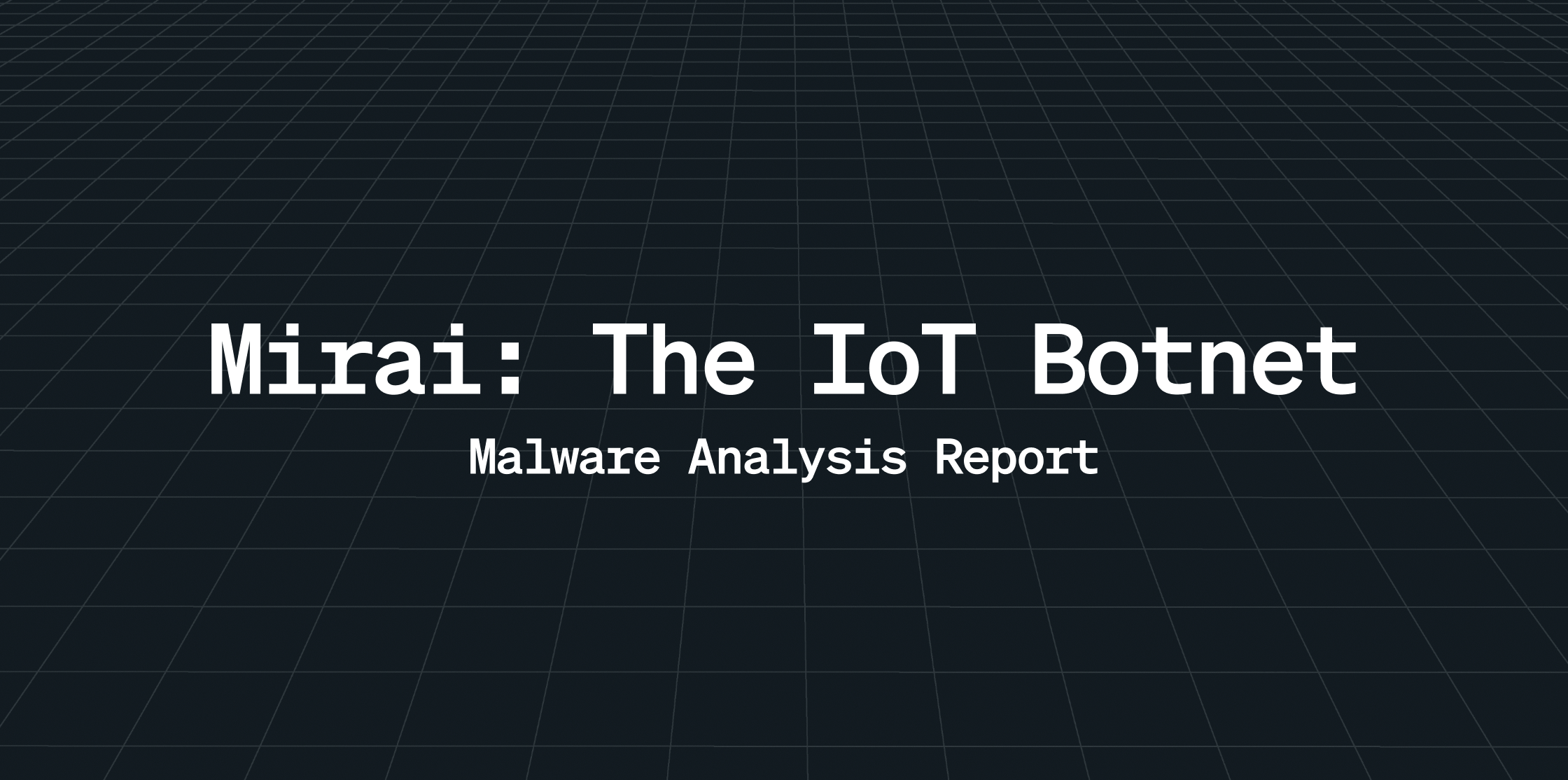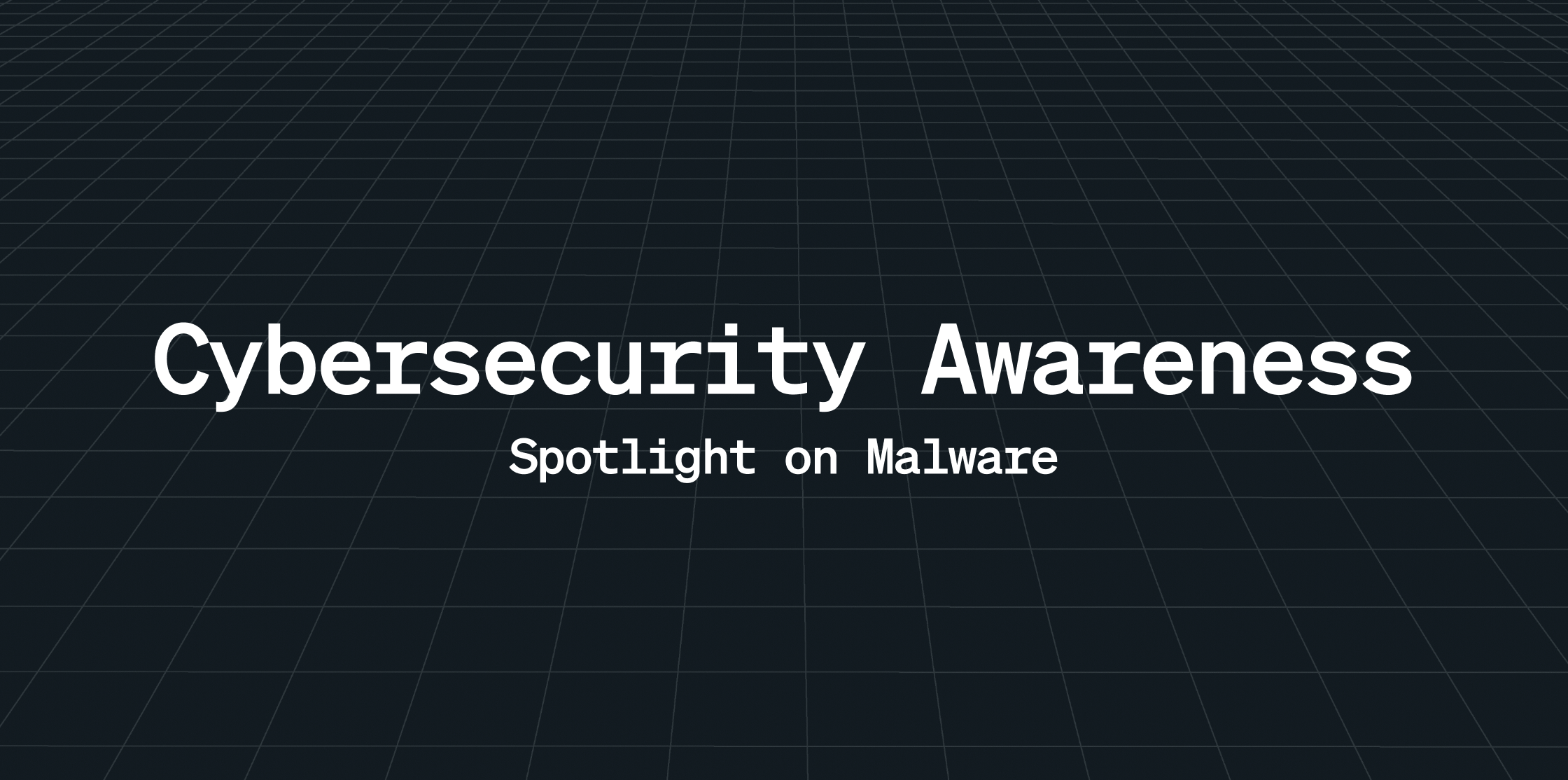For many business leaders, quantum computing feels like science fiction—a technology that’s exciting, but distant. That’s a mistake.
While we have yet to engineer quantum computing at even a remotely meaningful scale, we are also no longer dealing with a purely theoretical paradigm. Today’s quantum computers are still early-stage: fragile, error-prone, and often requiring extreme operating conditions like temperatures near absolute zero. Yet the field is advancing at a steady clip, with major breakthroughs occurring year over year. And, like in any technological discipline, progress in quantum computing can often literally occur in quantum leaps.
That’s why it’s critical to stop thinking about quantum computing as tomorrow’s challenge. It’s already reshaping today’s risk landscape, particularly in the context of digital security.
What is Quantum Computing and Why Does it Matter for Security?
Unlike classical computers, which use binary digits, or “bits,” to represent data as ones and zeros, quantum computers use qubits, which harness the remarkable and seemingly magical power of quantum physics to exist in multiple states simultaneously. This ability, known as superposition, allows quantum computers to solve certain mathematical problems dramatically faster than classical computers.
Unfortunately, some of these mathematical problems happen to provide the underpinnings of how digital systems all around the world protect data. On a classical computer, it would take thousands or even millions of years to solve these problems. On a quantum computer, it could theoretically take hours or even minutes.
It would not be an exaggeration to say that what’s at stake is the very foundation of digital trust. Societies, in general, run on trust and, in an increasingly digital world, we must treat digital trust as sacrosanct. The core algorithms we use to ensure the confidentiality, integrity, and authenticity of data—everything from encrypted communications to digital signatures to secure online transactions—are at risk.
Fortunately, even though the theoretical potential of quantum computing is fairly well understood, no one has actually built one at even remotely the scale needed to compromise digital systems.
So, why should we be concerned?
The Real Danger: “Harvest Now, Decrypt Later”
For starters, threat actors, including those sponsored by nation states, are already engaging in a tactic known as “harvest now, decrypt later.” They’re stealing encrypted data today not because they can make sense of it now, but because they expect to unlock it in the future with quantum capabilities. And if your data has a long shelf life—medical records, legal documents, financial agreements, key intellectual property—it will still matter when that day comes.
But that’s only part of the problem. Another major concern is the sheer amount of time and effort it will take to identify where cryptography is used across an organization, assess which systems are vulnerable, and then upgrade or replace them. Cryptographic systems are often deeply embedded in applications, cloud infrastructure, device firmware, and third-party tools. Many companies don’t even have a complete inventory of where they use cryptography. The discovery process could take months or even years, especially for large or decentralized organizations.
Remediation is also not a one-size-fits-all task. It may require redesigning systems, rewriting software, replacing hardware modules, or coordinating changes with external vendors. These efforts are further complicated by compliance requirements, regulatory obligations, and risk management processes.
In other words, even if quantum computers capable of breaking today’s encryption are still years away, the timeline for fixing what’s already in place may be even longer. That mismatch creates a critical window of vulnerability. Waiting until quantum capabilities arrive will simply be too late.
What should companies do now?
We’re not helpless. There are steps organizations can take today to begin preparing.
1. Inventory Your Cryptographic Footprint
Most organizations don’t even know where their encryption lives. Cryptographic functions are buried in codebases, cloud systems, APIs, and device firmware. Conducting a comprehensive inventory may take years. That’s exactly why it should start now.
2. Understand What Post-Quantum Cryptography Actually Is
Fortunately, there are mathematical problems that, to the best of our knowledge, remain out of reach even for quantum computers. These problems form the basis of new cryptographic algorithms designed to be secure in a post-quantum world.
In recognition of the risk, the U.S. National Institute of Standards and Technology (NIST) conducted a multi-year global competition to evaluate and select such algorithms. NIST’s message is clear: The time it takes to upgrade cryptographic systems could easily exceed the time it takes to build a quantum computer capable of breaking them.
3. Build Crypto-Agility Into Your Architecture
Security infrastructure must become adaptable. That means decoupling cryptographic algorithms from application logic so they can be swapped in and out as standards evolve. Crypto-agility is essential for migrating to post-quantum cryptography later without breaking everything else.
4. Begin Using Hybrid Cryptography
Hybrid encryption techniques—combining traditional algorithms with post-quantum ones—are already being deployed by leading organizations. These allow companies to hedge their bets while standards finalize, providing both compatibility and future resilience.
5. Engage Leadership Across Functions
Post-quantum readiness isn’t just a technical issue. It involves risk management, compliance, procurement, vendor oversight, and long-term strategic planning. Leaders across the organization must be part of the conversation.
Ultimately, preparing for the quantum era is about foresight, not panic. The organizations that begin now won’t just be protecting themselves, they’ll be leading—technically, strategically, and ethically.
Because in a world where trust is everything, staying ahead of the curve isn’t a luxury. It’s a responsibility.



